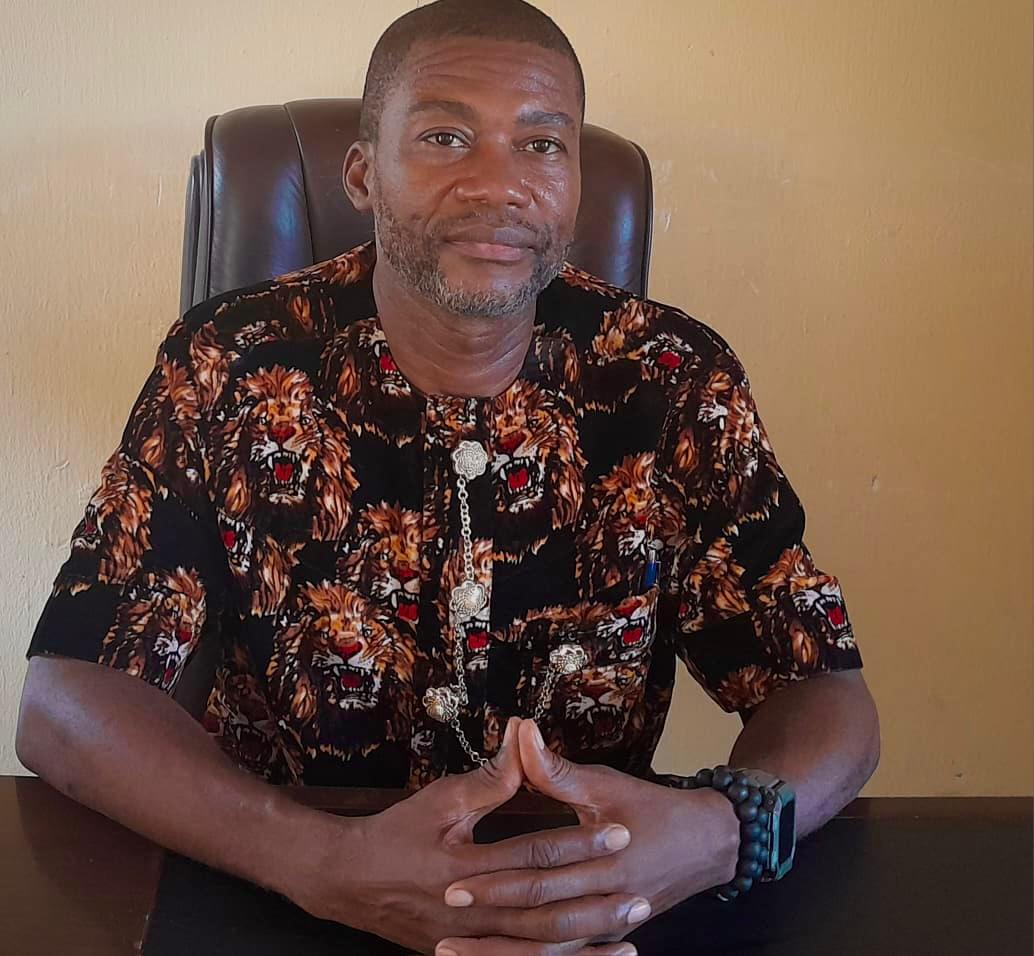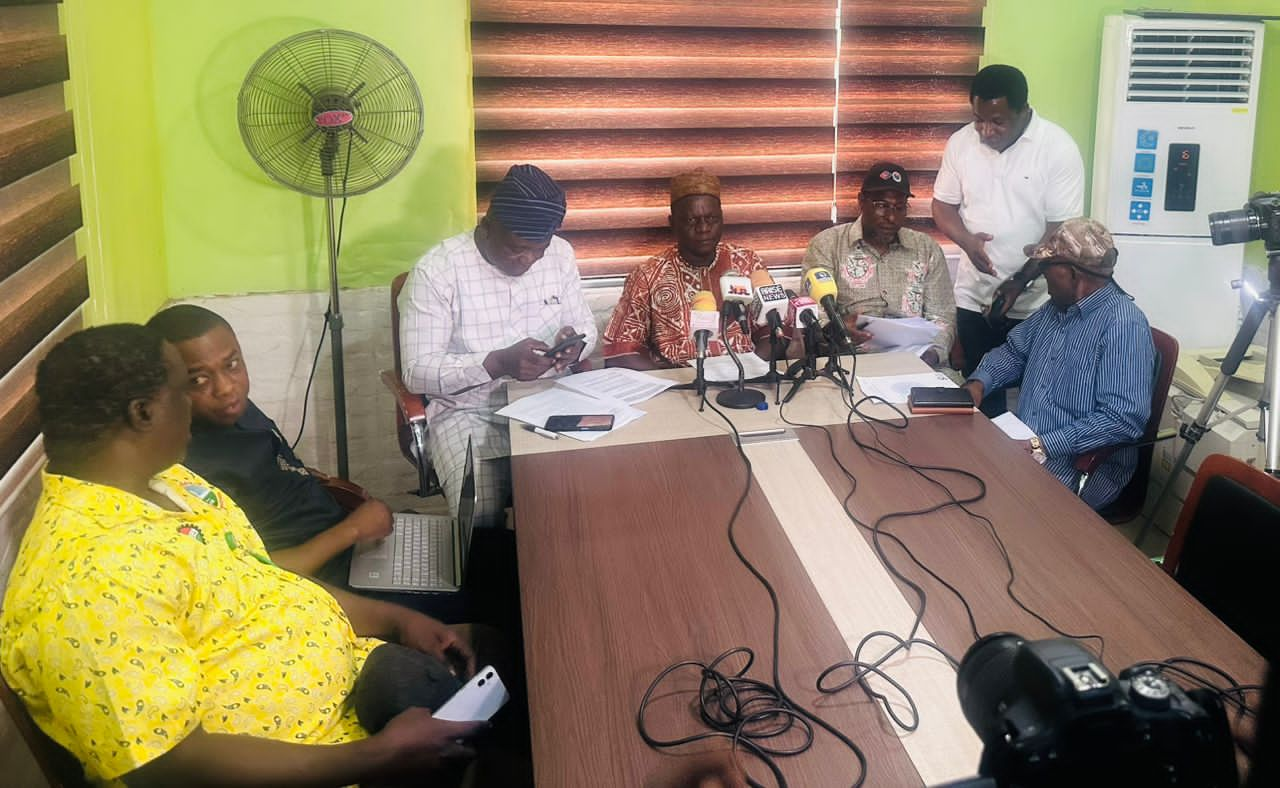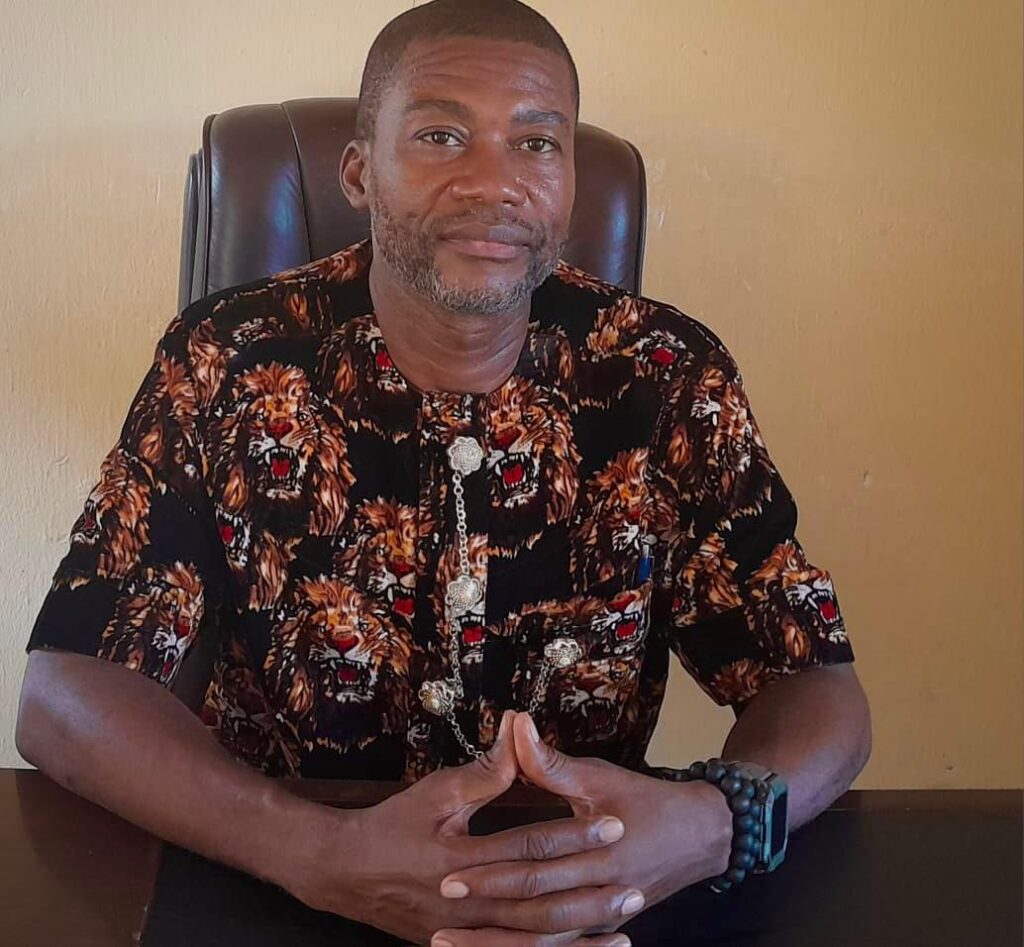
One of the most critical aspects of climate change is the rise in temperature averages. Its impact is seen in man and environment. The earth’s flora and fauna are not left out. Imo state, Southeast of Nigeria, the third smallest state by land mass, is one of those states with several natural water bodies. The impact of the rise in temperatures has drastically affected the many of the rivers in the state, narrowing the water beds and channels. Imo state which takes its name from the Imo River has Orashi, Nwaorie and Otamiri Rivers as notable water bodies, residents of the state and from Owerri, the capital city in particular rely heavily on these rivers and lakes for effective drainage, tourism, dredging, fishing, transportation among others but the water volume has been greatly affected by a change in temperature in recent years.
From available publications, Imo State is located in the humid tropics and has two seasons: wet and dry. The rainy season begins in April and lasts until October with an annual rainfall varying from 1,500 mm to 2,200 mm (60 to 80 inches) and an average annual temperature above 20 °C creates an annual relative humidity of 75%. The dry season experiences two-three months of harmattan, from late December to late February. The hottest months are between January and March. However these temperature measurements have drastically increased from the mean minimum temperature of 25°C in 2010 to up to 40◦C in 2024 with an average high temperature of 31◦C.
Agricultural activities, population increase with fume-causing vehicular traffic, coupled with the extraction of crude oil, natural gas, lead, calcium carbonate, solar and wind power and zinc have transformed the economy of the state but have, in turn, caused the emission of greenhouse gases into the atmosphere. Imo State is experiencing climate change-related disasters such as high temperatures, excessive rainfall, wind, and flooding. These disasters are negatively impacting agricultural productivity, food production, and food security
Rising temperatures have significantly triggered rivers in Owerri – Ag Head of Operations, NEMA Owerri
The impact of an ever increasing temperature in Owerri city on water bodies led to an interview with Mr. Igwe Nnamdi Chukwudi, the Ag. Head of Operations for Imo and Abia states of the National Emergency Management Agency (NEMA). “Climate factors significantly influence the water volumes and the extent of water bodies in Owerri, Imo State,” he posits.
Mr Igwe, who is also an environmental geologist identified climatic factors such as changes in rainfall patterns, temperature increases, extreme weather events, and erosion as significant factors that have affected the water volumes and the extent of water bodies in Owerri and he advised that addressing these challenges required comprehensive climate adaptation strategies and sustainable water resource management practices.
“Rising temperatures significantly impact water bodies in Imo State, Nigeria, through thermal stratification, increased evaporation, altered hydrological cycles, decreased groundwater recharge, flooding and soil erosion. Higher temperatures lead to greater evaporation rates, reducing the water levels in rivers, lakes, and other water bodies. The Otamiri and Nwaorie and wetlands around them are especially vulnerable due to their relatively small size and limited depth. Rising temperatures create distinct thermal layers in water bodies, disrupting the natural mixing of nutrients and oxygen. This can affect aquatic ecosystems, leading to reduced oxygen levels and harming fish and other aquatic species. Higher temperatures intensify the hydrological cycle by increasing evaporation and altering precipitation patterns,” he says.
The geologist adds; “Imo State experiences irregular rainfall, which can lead to water scarcity during dry periods and floods during heavy rains. Increased heat reduces the amount of water seeping into the ground, diminishing the recharge of aquifers and underground water reserves. This leads to lower base flows in rivers and streams during the dry season. Warmer water temperatures encourage the growth of algae and microorganisms, which can lead to harmful algal blooms. These blooms deplete oxygen and produce toxins that affect water quality and aquatic life.” “Higher temperatures increase the demand for water in agriculture, domestic, and industrial sectors, putting additional pressure on existing water resources. This could exacerbate competition for water use in Imo State. Temperature-driven changes in rainfall patterns can lead to extreme weather events like floods. Flooding can result in soil erosion, siltation of rivers, and changes to river courses in the region.”
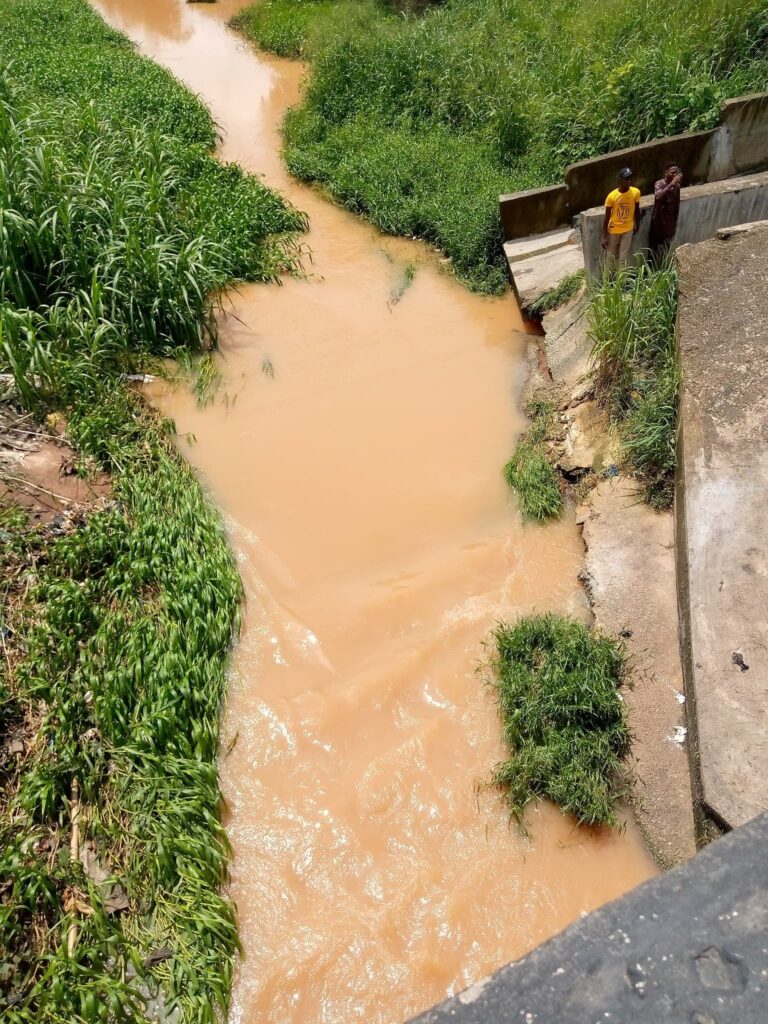
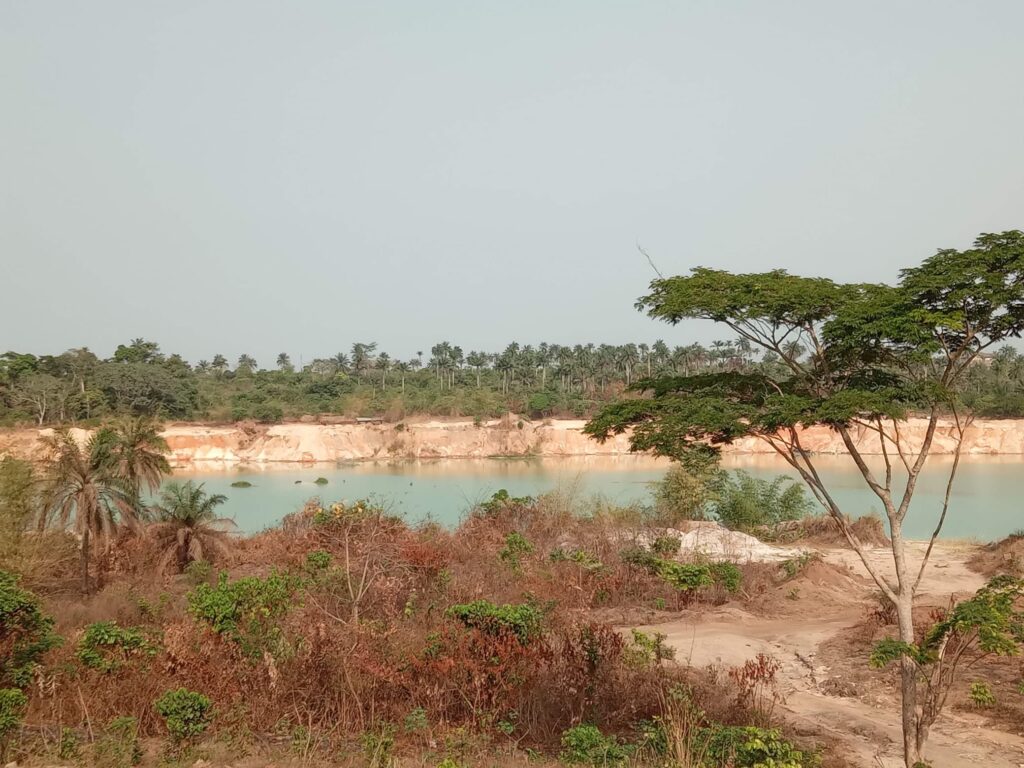
What are the mitigation strategies?
The environmentalist highlighted ways to mitigate the impact of increasing temperatures such as afforestation and reforestation, climate adaptation policies, sustainable water management and public awareness. “Increasing green cover to regulate temperatures and reduce evaporation, promoting water conservation and efficient use in agriculture and households. The Imo state government also needs to implement policies that address the impacts of rising temperatures on water bodies. They need to educate residents about the impacts of climate change and ways to protect water resources.” “Addressing the impacts of rising temperatures on water bodies in Imo requires a combination of local and global efforts to mitigate climate change and sustainably manage water resources,” he concluded.
With millions of Naira available to the state government through ecological funds a lot could be done to introduce green energy and promote the green environment consciousness especially to residents in Owerri and environment where activities that increase temperature and deplete the environment are high.
By Anthony Ogbekile


